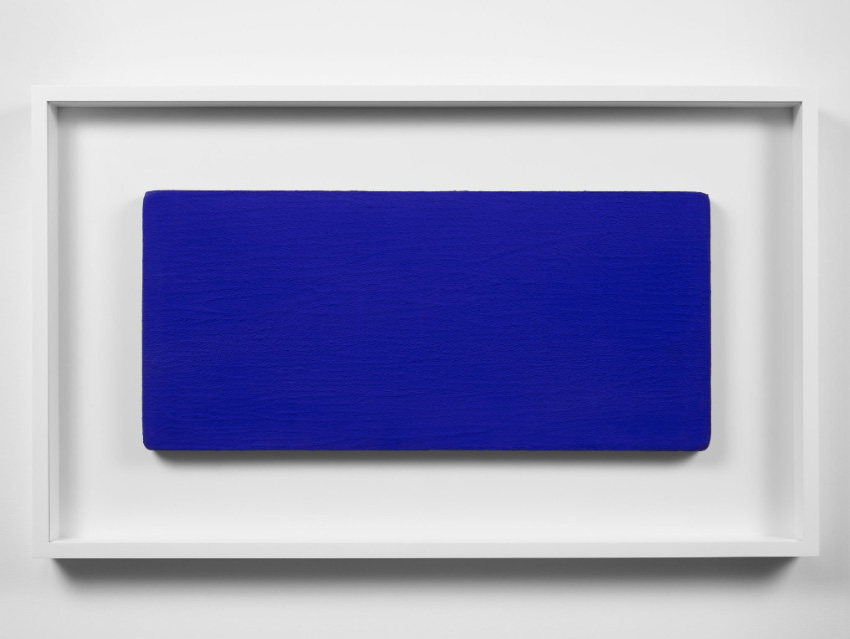Blue has long captivated artists, designers, and thinkers across cultures and centuries. The blue color meaning extends far beyond its visual appeal—its depth reflects serenity, spirituality, and introspection. From the ancient temples of Egypt to the avant-garde galleries of Paris, blue continues to embody a balance between emotion and intellect, material and transcendence. Blue is not just a color—it is an experience of perception, memory, and emotion woven into human history.
1. A Historical Journey Through the Art of Blue
In ancient Egypt, blue symbolized the divine. Pigments made from lapis lazuli were reserved for royal ornaments and sacred iconography. During the Renaissance, ultramarine—crafted from Afghan lapis—was more valuable than gold and was used by masters such as Leonardo da Vinci and Raphael to paint the robes of the Virgin Mary, symbolizing purity and celestial grace. By the 19th century, the invention of synthetic pigments democratized blue, enabling impressionists like Vincent van Gogh to use it expressively and emotively. Throughout art history, blue has evolved from sacred rarity to emotional resonance—a transformation that mirrors humanity’s spiritual and artistic progress.

2. Psychological and Symbolic Meaning of Blue
The question of what does the color blue mean often depends on its tone and context. Lighter blues evoke tranquility, clarity, and openness, while darker blues signify authority, contemplation, and melancholy. According to research in color psychology, blue promotes focus and trust, making it a favored choice in professional environments and creative studios alike. Psychologically, blue bridges calmness with cognitive clarity, allowing both emotional depth and mental balance to coexist.

3. Blue in Modern and Contemporary Art
In modern art, blue became a language of introspection. Pablo Picasso’s “Blue Period” (1901–1904) transformed sadness into poetic expression, using monochromatic shades to portray human fragility. Later, Yves Klein introduced his patented International Klein Blue (IKB), a pigment symbolizing infinity and immateriality, showcased at the Centre Pompidou and the Tate Modern. In contemporary art, installations by creators such as James Turrell explore light and perception, redefining blue as an experiential medium rather than a pigment. Modern and contemporary artists transformed blue from a color of sorrow into a vessel of sensory and spiritual exploration.

4. Blue in Design and Architecture
The use of blue extends beyond canvas and sculpture into modern architecture and design. In interiors, blue enhances spatial perception and evokes cleanliness, making it ideal for bedrooms, bathrooms, and offices. Designers often combine blue with neutrals like beige or wood tones to balance warmth and coolness. Iconic landmarks such as the Guggenheim Museum in New York and the Design Museum in London frequently employ blue in lighting and curation to cultivate reflective environments. In design, blue acts as both a visual anchor and a psychological space—one that invites calm engagement rather than passive observation.

5. Cross-Cultural Perspectives on Blue
Across cultures, the colour meaning of blue varies yet remains tied to emotion and transcendence. In Eastern traditions, blue symbolizes immortality and healing; in Middle Eastern art, it wards off evil, seen in the “nazar” amulet; and in Western culture, it conveys loyalty, stability, and trust. Indigenous textiles from South America and West Africa use blue dyes like indigo to express identity and heritage. Viewed globally, blue transcends cultural boundaries, uniting humanity through shared symbolism of depth and continuity.
6. Scientific and Digital Dimensions of Blue
The perception of blue also extends into science and technology. Its shorter wavelength influences circadian rhythms and mood, while digital designers use blue for interfaces due to its sense of reliability and neutrality. Major digital platforms such as Facebook, LinkedIn, and IBM adopt blue branding to evoke stability and confidence. In the digital era, blue merges aesthetic tradition with functional design, symbolizing clarity, connectivity, and trust.
7. Conclusion
The art of blue spans centuries of human expression—from sacred murals to immersive light installations. Whether reflecting the divine, the melancholic, or the technological, blue remains one of art’s most enduring colors. Its spectrum bridges emotion, intellect, and the infinite. Blue continues to shape how we see the world, blending visual purity with emotional resonance across every medium of art and design.
About Artphiloso
Explore original oil paintings and contemporary works that reinterpret classical color symbolism at Artphiloso.com. Each piece reflects a deep dialogue between emotion and form, echoing the timeless language of blue within today’s visual culture. The collection invites viewers to experience color as philosophy—an evolving journey of perception and meaning.
Hi, I’m Philo, a Chinese artist passionate about blending traditional Asian art with contemporary expressions. Through Artphiloso, my artist website, I share my journey and creations—from figurative painting and figure painting to floral oil painting and painting on landscape. You'll also find ideas for home decorating with paint and more.

FAQs
1. What does blue symbolize in art?
Blue symbolizes tranquility, faith, and spirituality, often linked with introspection and emotional depth in visual art.
2. What does the color blue mean in design?
In design, blue conveys calmness, professionalism, and balance, frequently used to create open and reflective spaces.
3. Why is blue important in art history?
Historically, blue was rare and precious, reserved for sacred or royal use, later evolving into a color of emotional and intellectual depth.
4. Which artists are known for using blue?
Artists such as Pablo Picasso, Yves Klein, and James Turrell have famously explored blue as a core element of artistic meaning.
5. How does blue affect human emotion?
Blue can calm the mind, enhance focus, and foster reflection, though darker tones may also evoke solitude or melancholy.
